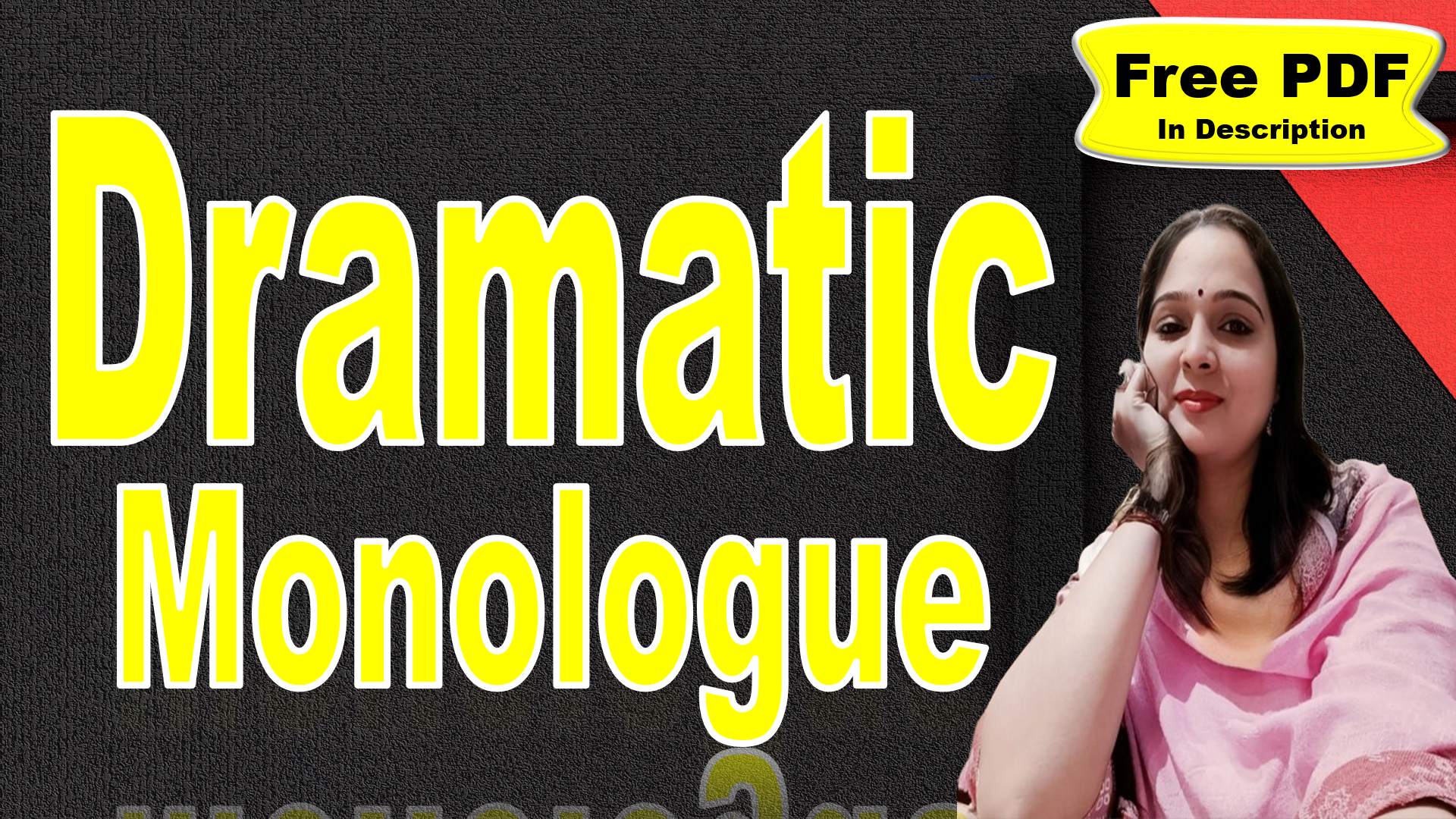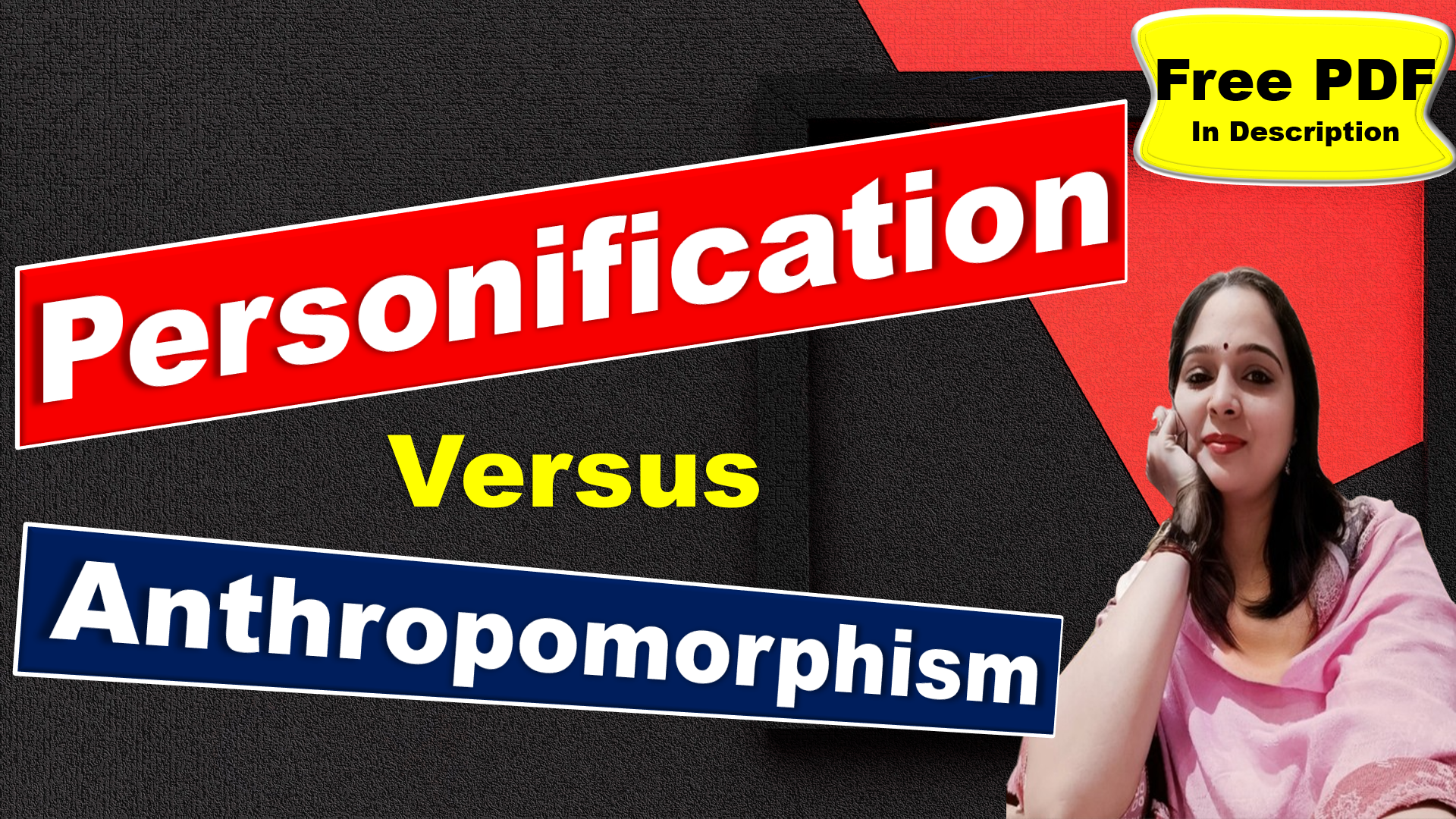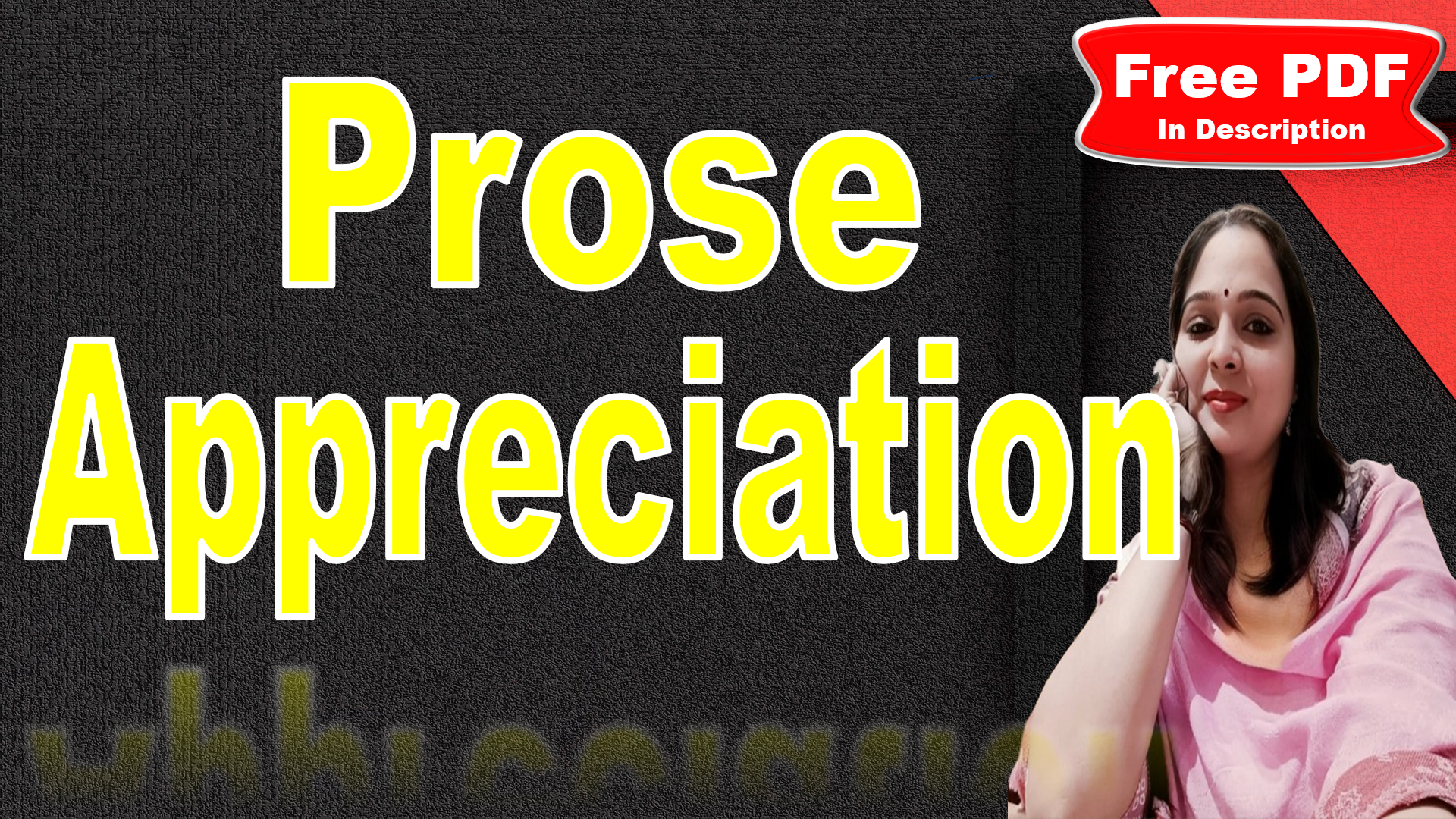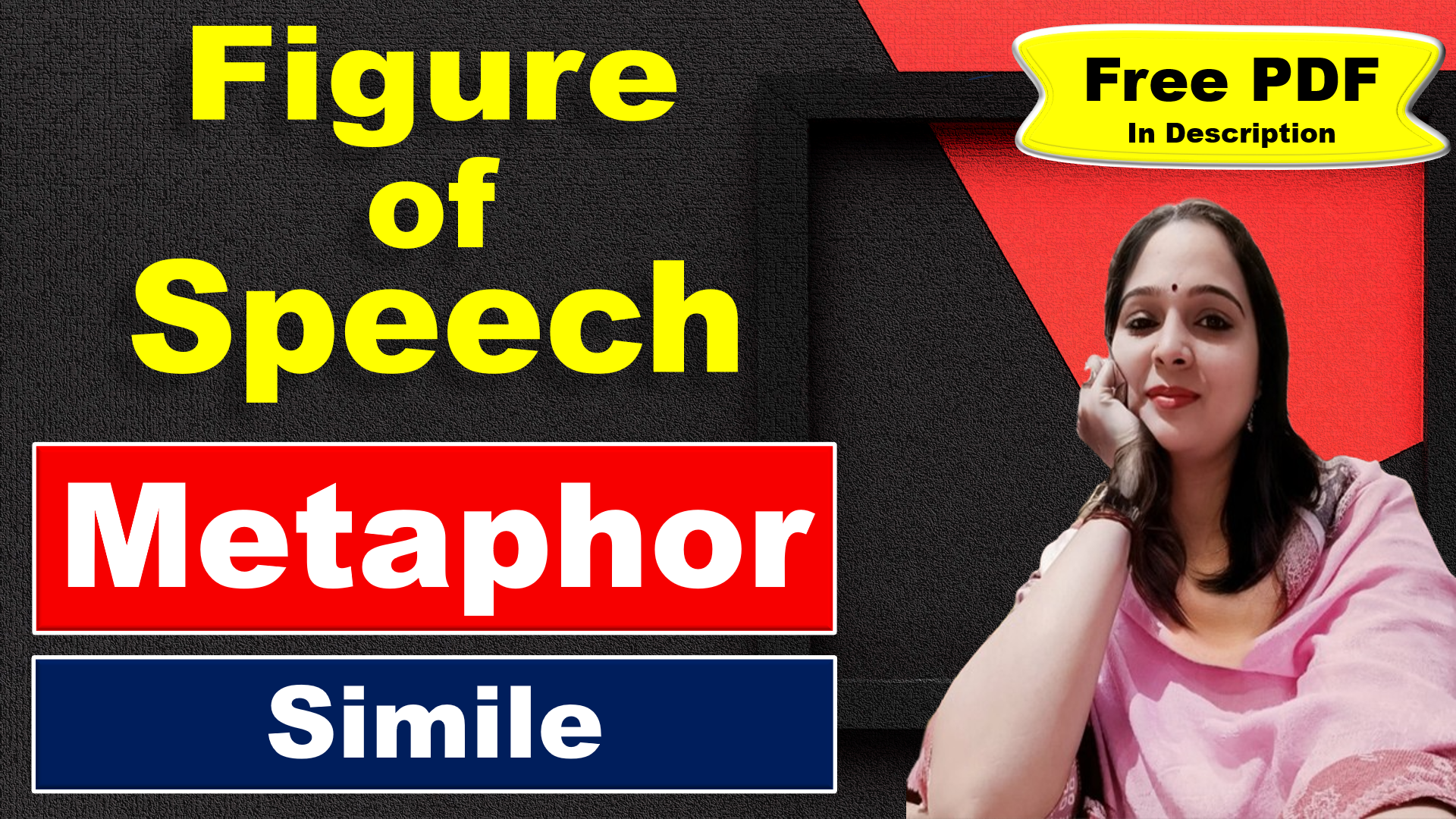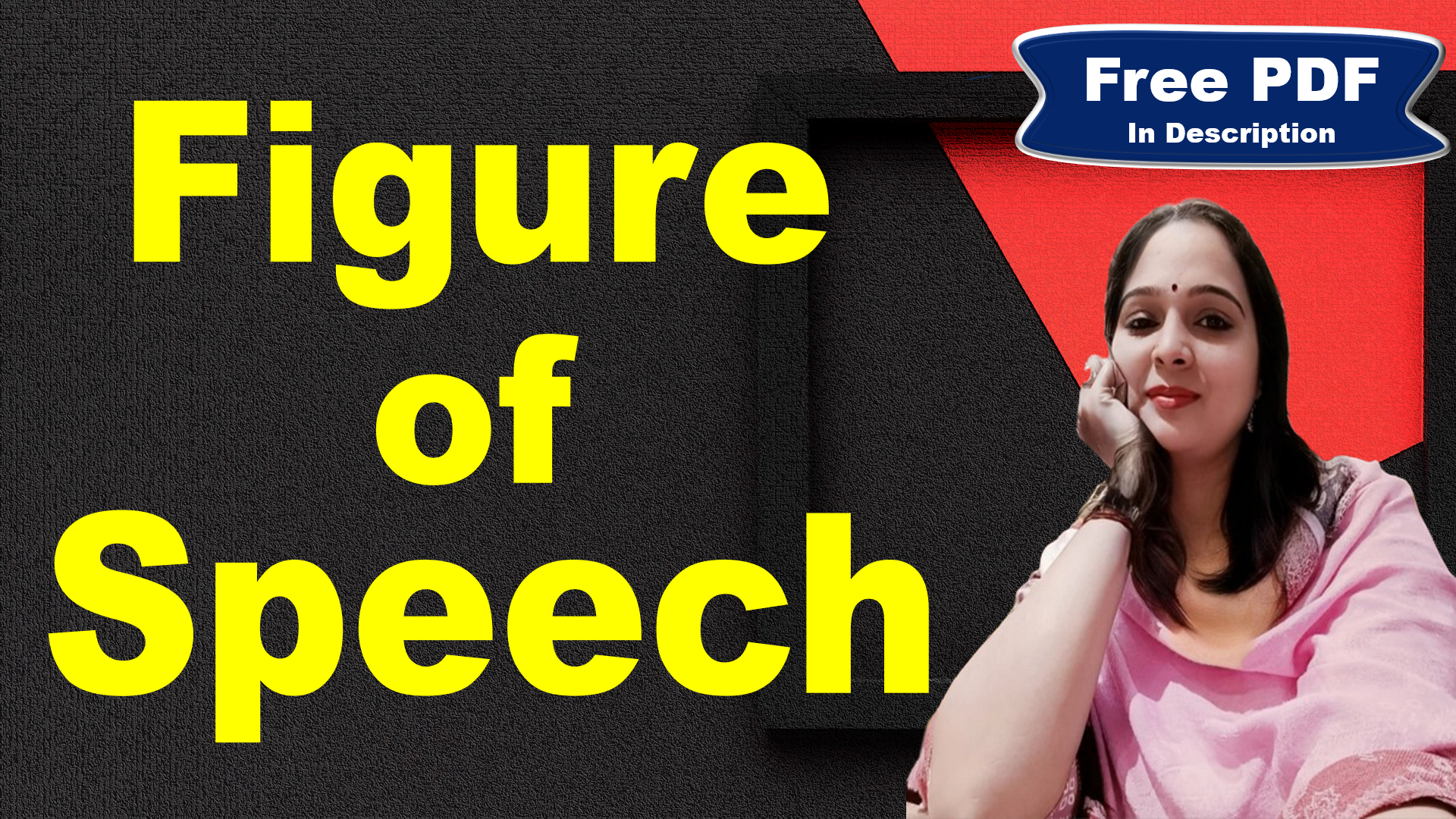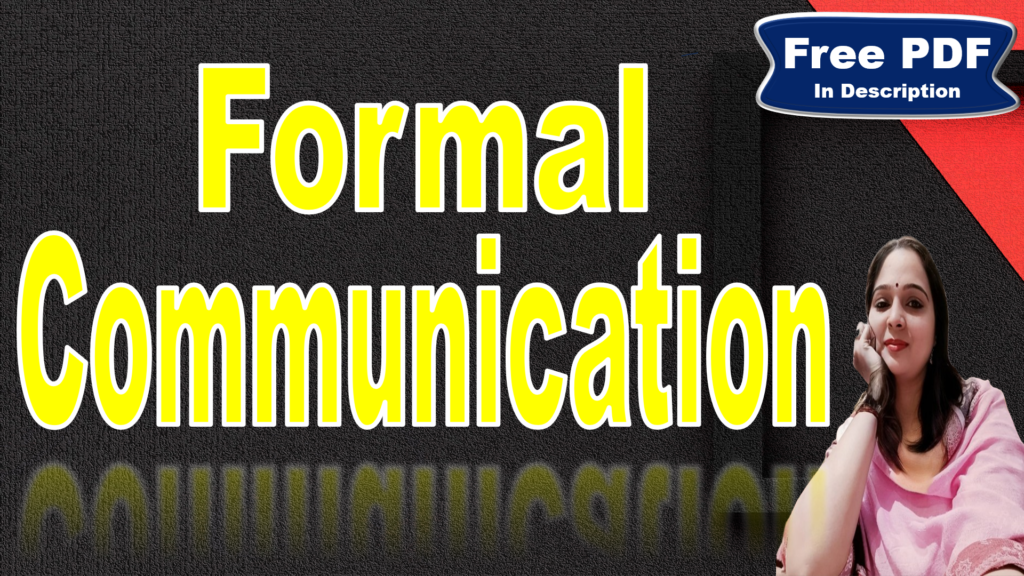
Formal Communication | Types of Formal Communication | Characteristics of Formal Communication | Formal Communication Network | Free PDF Download – Easy Literary Lessons
Formal Communication
Communication
Communication is the exchange of information or ideas between two or more individuals or groups. It involves sending a message from a sender to a receiver through a medium. The receiver then decodes the message and gives feedback, completing the communication process.
Types of communication:
Verbal communication involves using spoken or written language to convey messages. It is structured and can be formal or informal.
Non-verbal communication includes body language, facial expressions, gestures, posture, and eye contact. It often complements verbal communication and can convey emotions and attitudes.
Visual Communication Uses visual elements like images, graphics, maps, charts, and logos to convey information or support verbal communication.
Written Communication This involves any text-based communication such as letters, emails, reports, articles, and social media posts.
Formal communication
Formal communication is a method of interaction that occurs in a structured and organized environment. It is professional and follows predefined rules and conventions. Corporate, business and other professional settings generally use this type of communication. It can take the form of official letters, memos, reports, meetings, presentations, and others.
Formal communication can be written or verbal and is typically clear, concise, and straight to the point. It’s important to note that formal communication often lacks personal or casual language and instead focuses on professional and objective language.
Communication versus Formal communication
Communication and formal communication are two terms used in interpersonal communication, and they differ mainly in their level of formality and the contexts in which they are used.
Communication is a broad term for exchanging information, ideas, thoughts, feelings, and knowledge between two or more people. It can take many forms, including verbal, non-verbal, written, and visual, and it can occur in a variety of personal and professional settings. Communication can be formal or informal, depending on the situation and the relationship between the communicators.
Formal communication, on the other hand, is a form of communication that occurs in a professional or official context and follows specific rules and conventions. It is often characterized by its formality and professionalism, and it frequently involves a set structure or format. Formal communication includes business meetings, academic lectures, official reports, and legal documents.
In summary, while all formal communication is a form of communication, not all communication is formal. The key differences are the level of formality, the context of the communication, and the rules and conventions followed.
Types of Formal Communication
1. Vertical Communication
Information flows up and down the organizational hierarchy. It can be further divided into:
Downward Communication: Downward communication is when information flows from the higher levels of an organization’s hierarchy to the lower levels. This could include directives from management, company policies, or goals.
Advantages
Clarity of Direction: Downward communication ensures that all employees know the organization’s goals and policies, providing clear direction for their work.
Control and Discipline: It helps maintain discipline and control in the organization by establishing a clear chain of command and authority.
Disadvantages
Lack of Feedback: Downward communication can lead to a lack of feedback from lower-level employees, as it primarily involves one-way communication from the top.
Risk of Miscommunication: If the information communicated is complex or not handled properly, it can result in misunderstandings or misinterpretations.
Upward Communication: Upward communication is opposed to downward communication. It’s when information flows from the lower levels of an organization’s hierarchy to the higher levels. This could include feedback, reports, or suggestions.
Advantages
Feedback Mechanism: Upward communication provides a channel for employees at lower levels to express their ideas, opinions, and feedback, which can be valuable for decision-making at higher levels.
Problem Identification: It can help identify issues at the ground level that might not be visible to top management.
Disadvantages
Information Overload: It can be time-consuming for higher-level management to process and respond to all the upward feedback and information.
Fear of Negative Consequences: Employees may fear negative repercussions, which may prevent them from providing honest feedback or raising issues.
2. Horizontal or Lateral Communication
This occurs between individuals or groups at the same level within an organization. This could include collaboration between different departments or teams.
Advantages
Teamwork and Collaboration: Horizontal communication encourages teamwork and collaboration, allowing for a free exchange of ideas and information among peers.
Innovation: Sharing ideas across teams fosters a diversity of thoughts and perspectives, which can lead to more innovative solutions.
Disadvantages
Role Confusion: If roles and responsibilities are not clearly defined, horizontal communication, which involves peer coordination, can lead to conflicts.
Distortion of Information: As information travels through several hands, it may become distorted, potentially leading to misunderstandings.
3. Diagonal or Crosswise Communication
This is when information flows between different levels and departments within an organization. When there is a need for collaboration across different functional areas and levels of responsibility, it is often necessary.
Advantages
Cross-Functional Collaboration: Diagonal communication facilitates cooperation and coordination between different departments, leading to more efficient problem-solving and decision-making.
Diversity of Perspectives: It brings diverse perspectives involving individuals from different levels and departments, leading to more comprehensive and well-rounded decisions.
Disadvantages
Authority Confusion: Diagonal communication bypasses traditional communication lines and can lead to confusion and conflict if not managed properly.
Potential for Misunderstandings: As it involves individuals from different departments and levels, there is a potential for misunderstandings due to different terminologies, perspectives, or lack of context.
